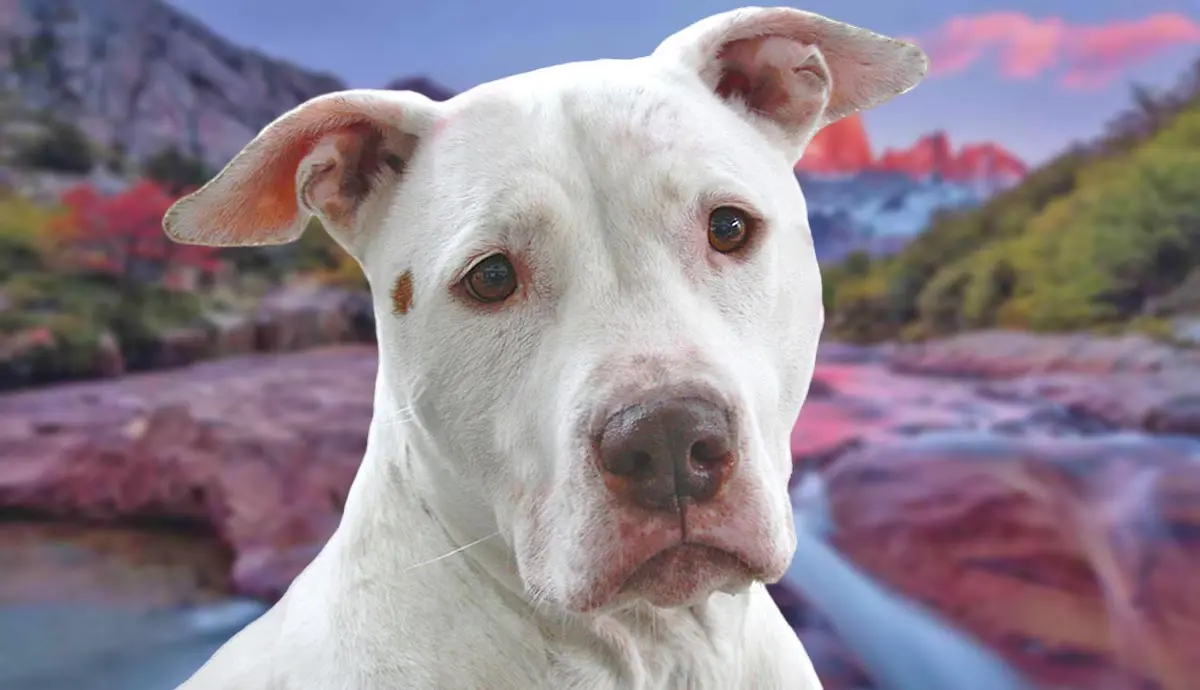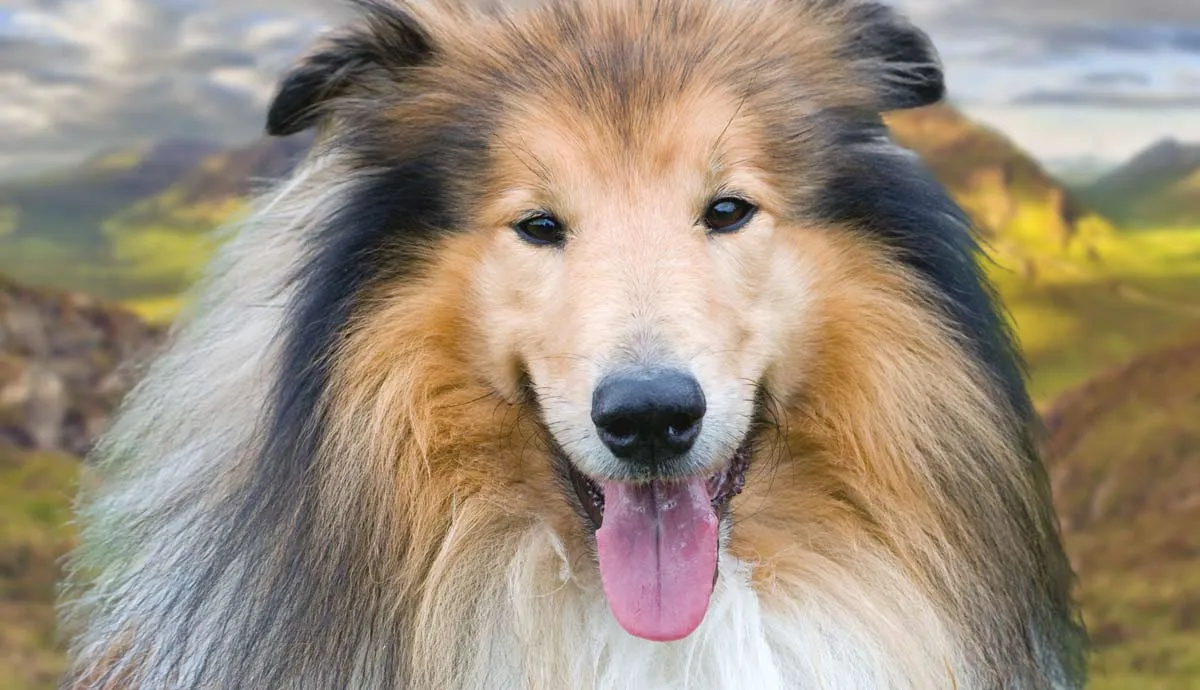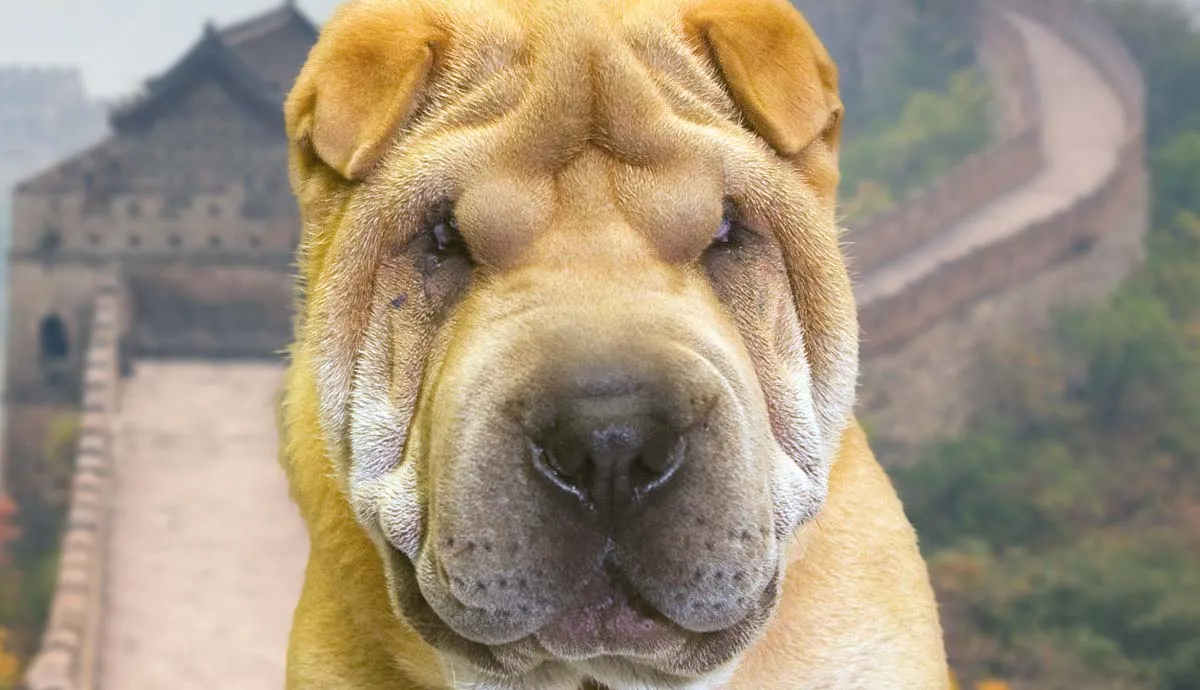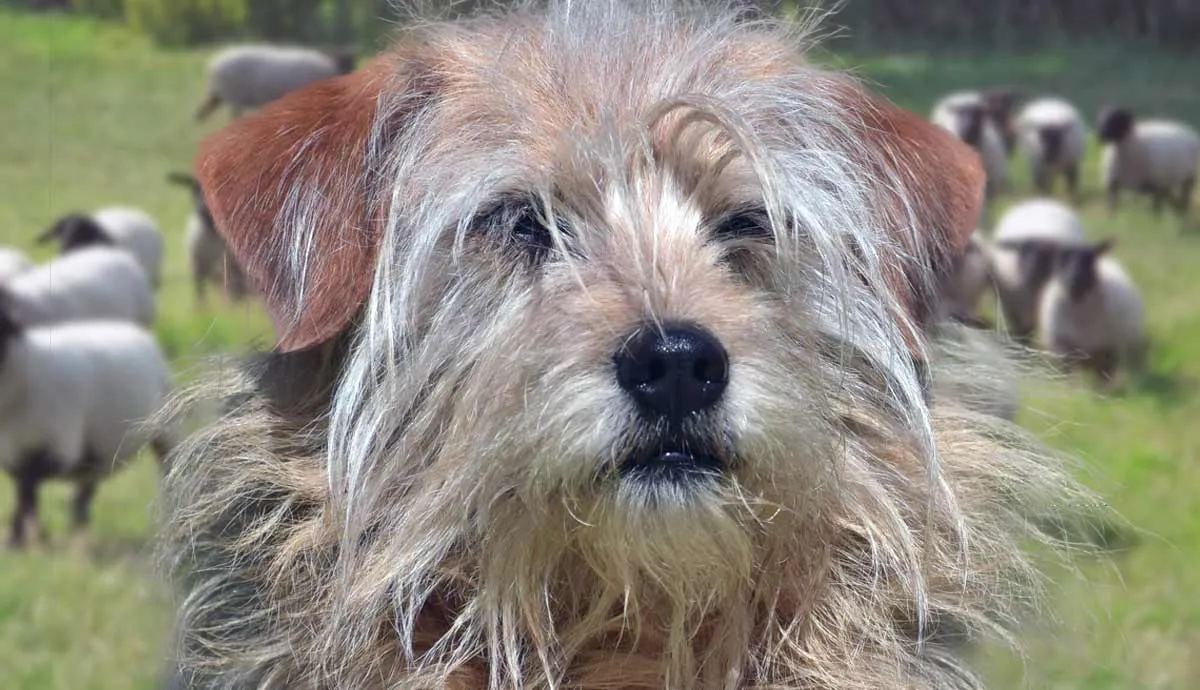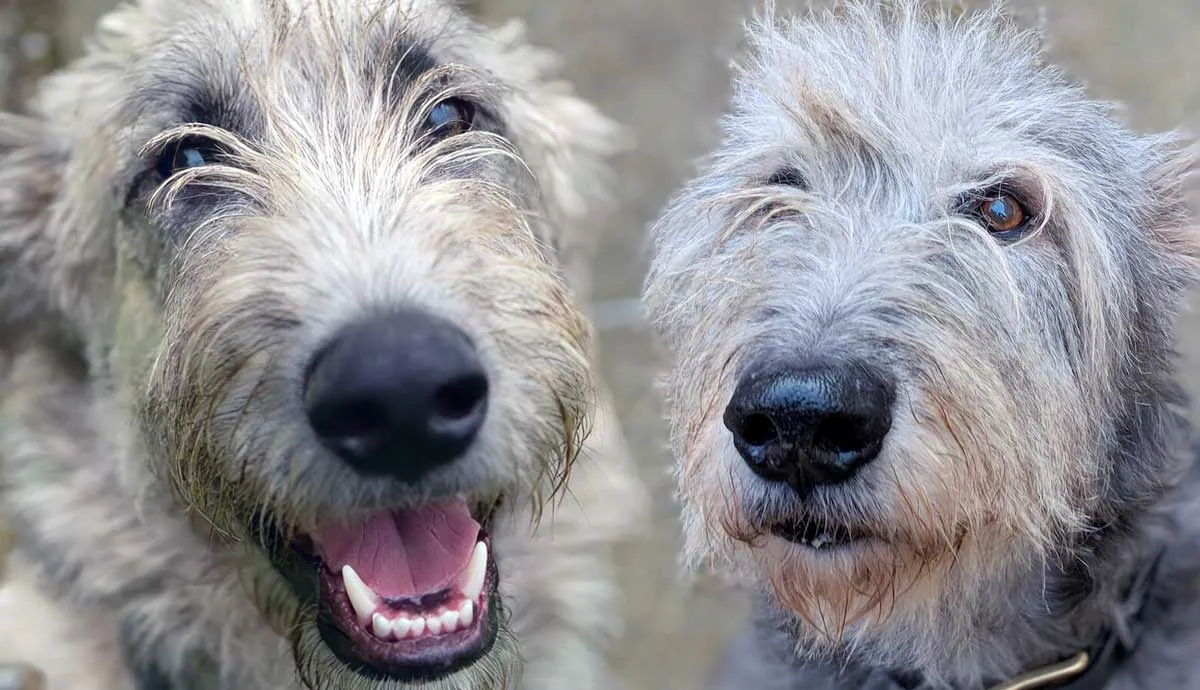The Dogo Argentino gets confused with many other white bodied bully breeds, but it's in a league of its own. Few breeds showcase the combination of elegance, control, and power that the Dogo has rippling under its sleek white coat.
This large breed is best suited for seasoned owners willing to put in the work. Dogo Argentino’s showcase a textbook example of loyalty, but they need a companion worthy of receiving it.
It’s time to pull back the curtain from this strong, stoic breed and showcase their brilliance!
The Breed Was Initially Developed to Hunt Large Game
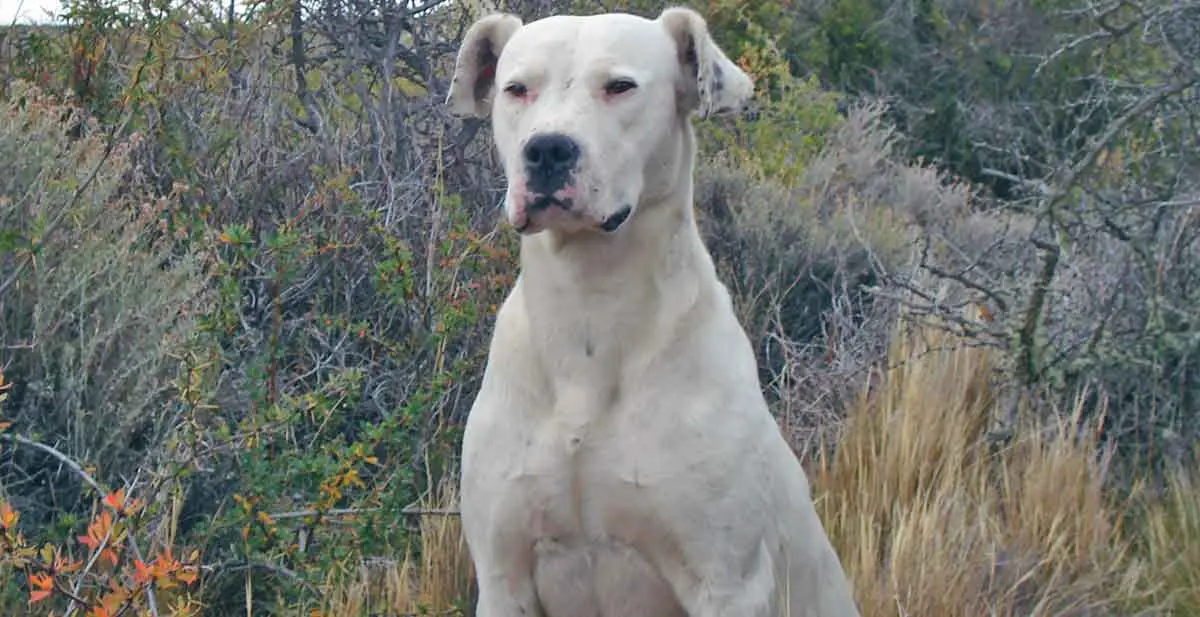
The Dogo Argentino is a fairly new breed, with efforts starting as recently as 1928 in the Cordoba region of Argentina. During this time, Dr. Antonio Nores Martinez and his brother Augsutin Nores Martinez put their effort into creating a new dog capable of taking down large game such as wild boar.
To do this, they needed to set a strong foundation. The brothers started with a Bull Terrier and a bulldog, focusing on white-coated pups and strong bites. In later generations, they introduced breeds such as the (now extinct) Cordoba Fighting Dog, Pyrenean Mastiff, Spanish Mastiff, Irish Wolfhound, Great Dane, Boxer, and Dogue de Bordeaux.
The Dogo Argentino started breeding true, showcasing the size, bravery, intelligence, and strength of all contributing breeds.
By 1948, they felt confident enough to present the breed to the Club de Cazadores (Hunter’s Club). The breed standard was published the next year, and, following the death of Antonio, Augustin took the dog international.
The AKC Only Recognized the Breed in 2020

Despite their recognition in South America, the Dogo Argentino only recently received AKC recognition.
It took sixteen years after their debut for the FCA (Federación Cinologica Argentina) to recognize the breed. In 1964, they opened their studbooks and started the registry of the breed.
Soon after, in 1973, the FCI (Fédération Cynologique Internationale) recognized the Dogo Argentino as its first and only Argentine breed. This marked the breed's introduction into the rest of the non-English speaking world, but it did little to rush acknowledgement from the AKC.
This didn’t stop hog hunters in the southern and western states from utilizing the breed in the meantime. It took another 47 years before the American Kennel Club gave the Dogo Argentino full recognition in 2020 and published the American Kennel Club Dogo Argentino Breed Standard.
The Dogo Argentino Comes from Fighting Lines
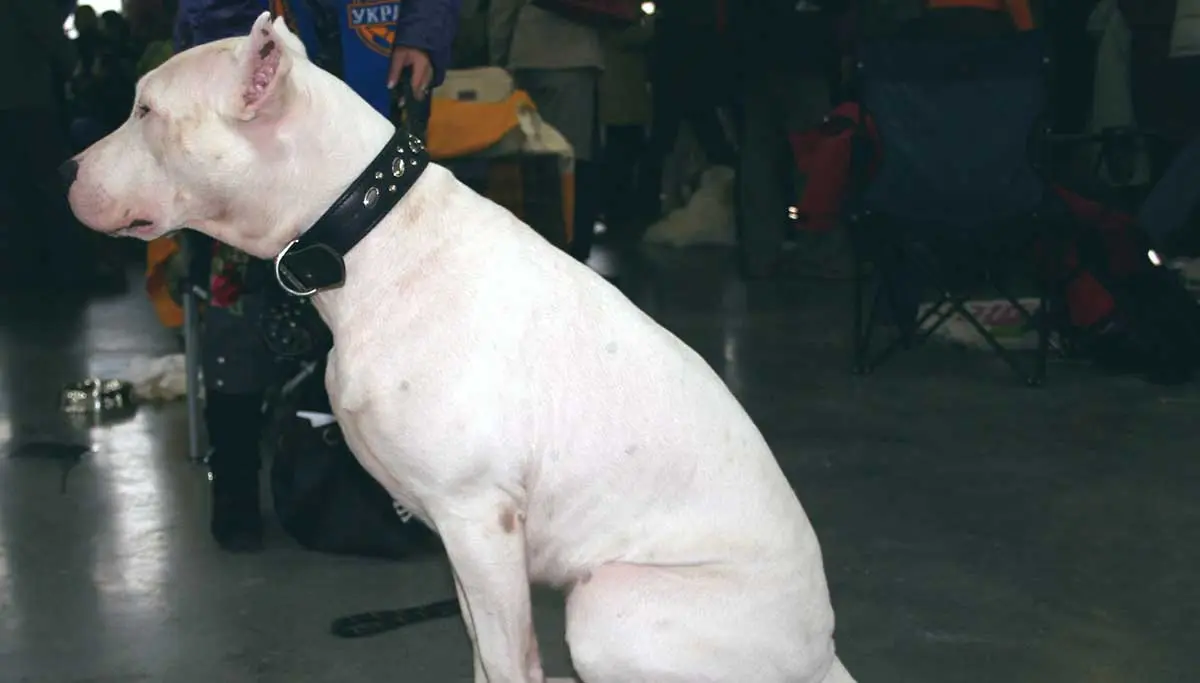
Don’t get this wrong; the Dogo Argentino is a wonderful companion and integrates well into most families. But the original lines include fearsome breeds like the Cordoba Fighting Dog that existed in a time when dog-fighting was not nearly as frowned upon.
It’s important to recognize this influence on the breed. The Dogo Argentino has a powerful body that’s certainly capable of damage. Its quick instincts and powerful jaw were cultivated to take down brutish creatures, and some of the original members of the breed spent their time in the dog-fighting rings.
Because of this, the Dogo Argentino is not recommended for first-time owners, and the breed requires a hands-on approach to training and socialization. A timid owner is likely to be intimidated by their large size and headstrong nature, so the right headspace is needed before taking up the leash.
Dogo Argentinos Have a High Prey Drive
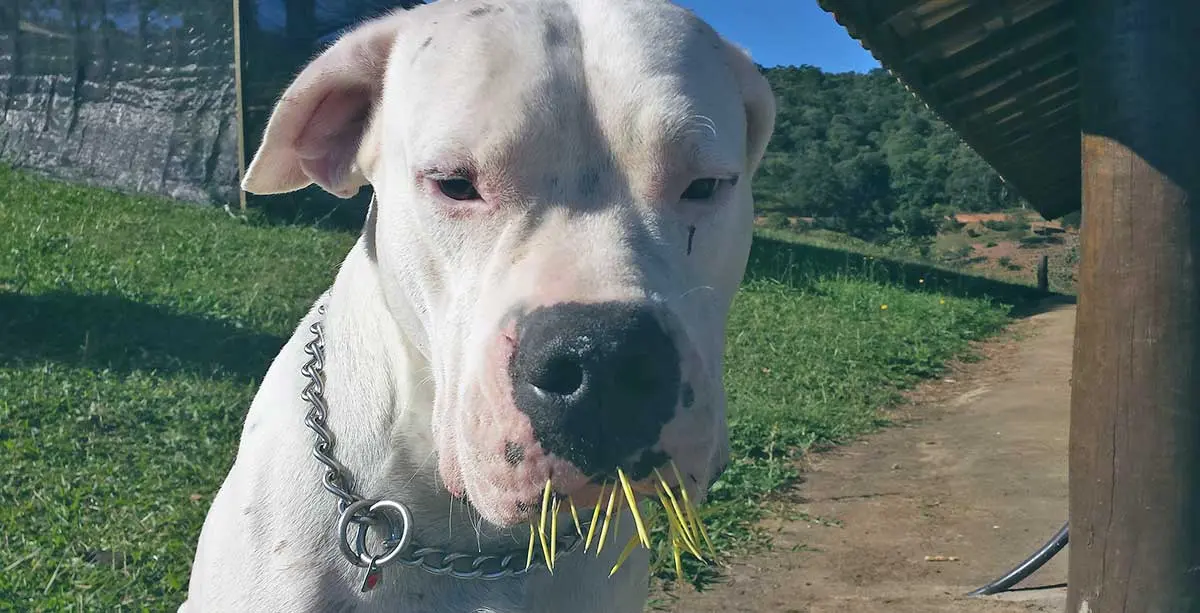
A good hunting dog needs to be able to act fast with confidence, and there’s no doubt that the Dogo Argentino is a good hunting dog. This means their instincts may urge them to pursue quick-moving animals or children, especially if they’re smaller than them.
Because of this, the Dogo Argentino is ill-suited to households with small animals, including cats and smaller dogs. Training is always a possibility, but they will always be acting against the urges they were bred to have.
This also means you need to keep a close eye on your Dogo Argentino when you’re out and about, around other dogs, stray cats, and even wildlife. Training to curb reactivity is key, but so is staying aware of your environment and potential triggers.
Their White Coat Makes Them More Likely to be Deaf
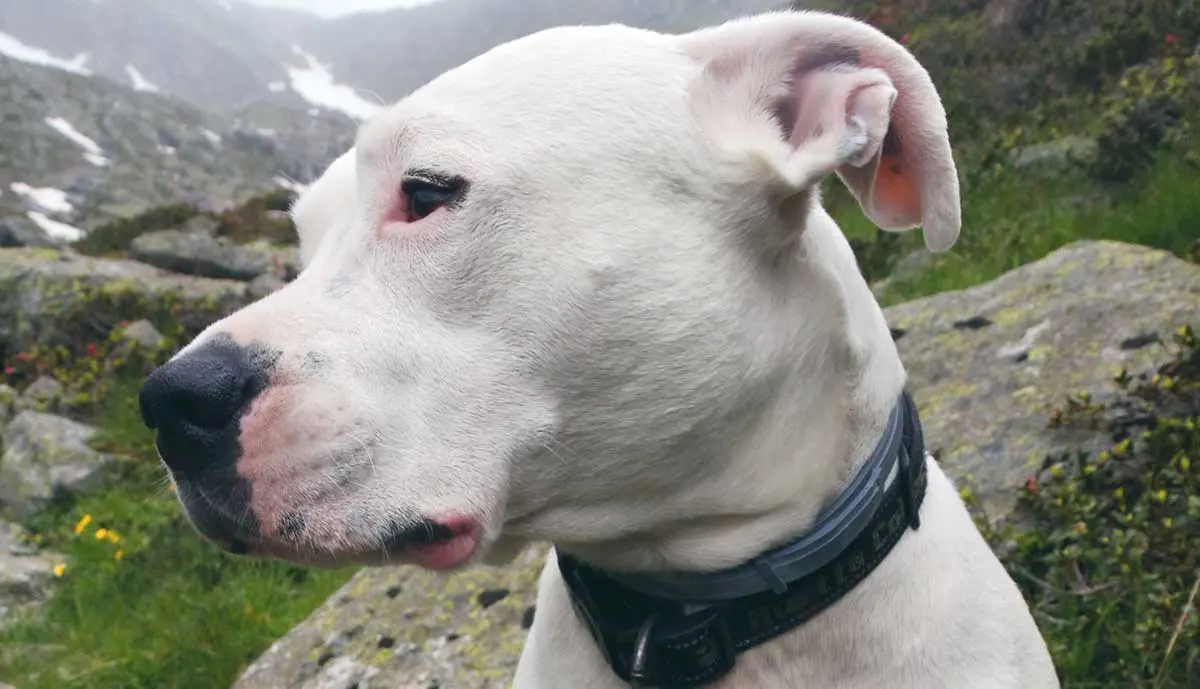
According to Louisiana State University’s “Genetics of Deafness in Dogs”, dogs with white fur are more prone to deafness than other colorings. This is particularly linked to dogs with the merle gene (i.e. Great Danes) and the piebald gene (i.e. Bull Terriers and Bulldogs), both of which contributed to the Dogo Argentino.
According to this study, about one fourth of the United States Dogo Argentino population was deaf (when accounting for both unilateral (single ear) and bilateral (both ear) deafness). However, studies show that breeding bilateral normal hearing Dogo Argentinos drastically reduces the risk of deafness in their offspring.
Dogo Argentinos with a patch are less likely to be deaf. The AKC standard allows for a dark patch near the eye as long as it doesn’t cover more than 10 percent of the head.
Dogo Argentinos are a Slow Maturing Breed
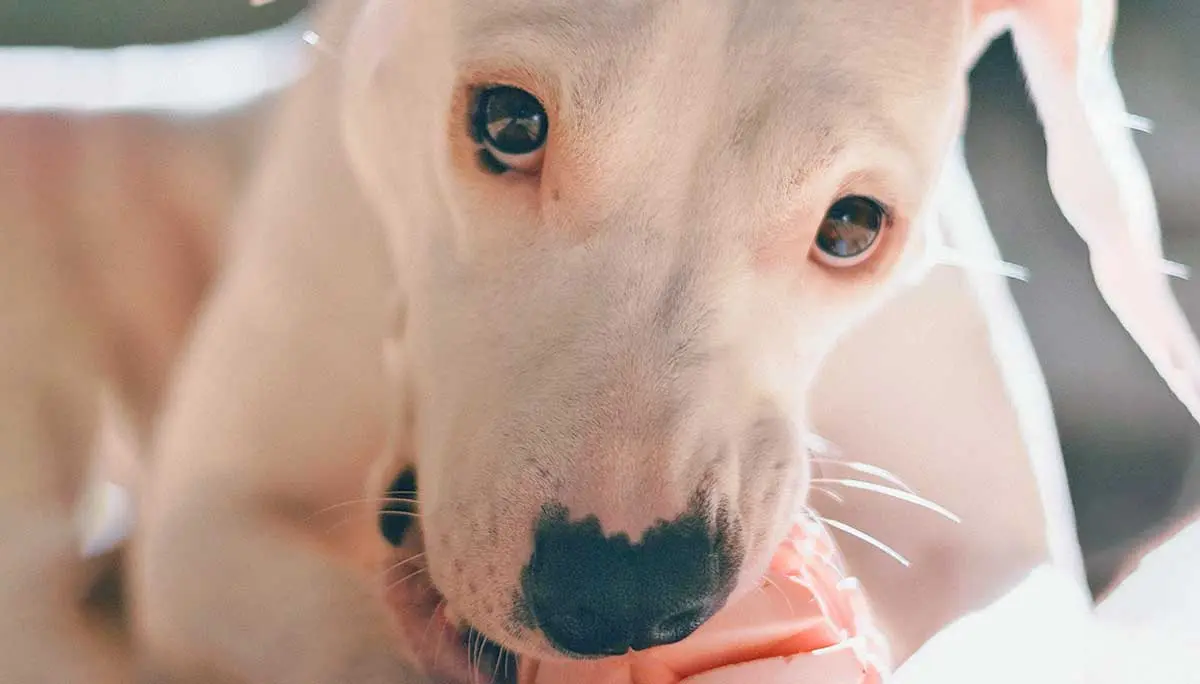
Like most large breeds, Dogo Argentinos take longer to mature. Females reach full maturity around two years, while males don’t slow down until three years old. This plays a role in physical and social development, and it means a longer period of puppy behavior than with smaller breeds.
Choosing the right diet for your Dogo Argentino puppy is essential to promote proper growth. Large-breed puppy formulas are designed to aid this slow, steady growth, preventing harmful weight gain and cultivating healthy joints.
In most cases, you want to keep your dog on this formula until they’re fully grown. Your veterinarian is your best resource for your dog’s individual needs, as they can make recommendations based on activity, health condition, and other factors.
Early Socialization and Training is a Need
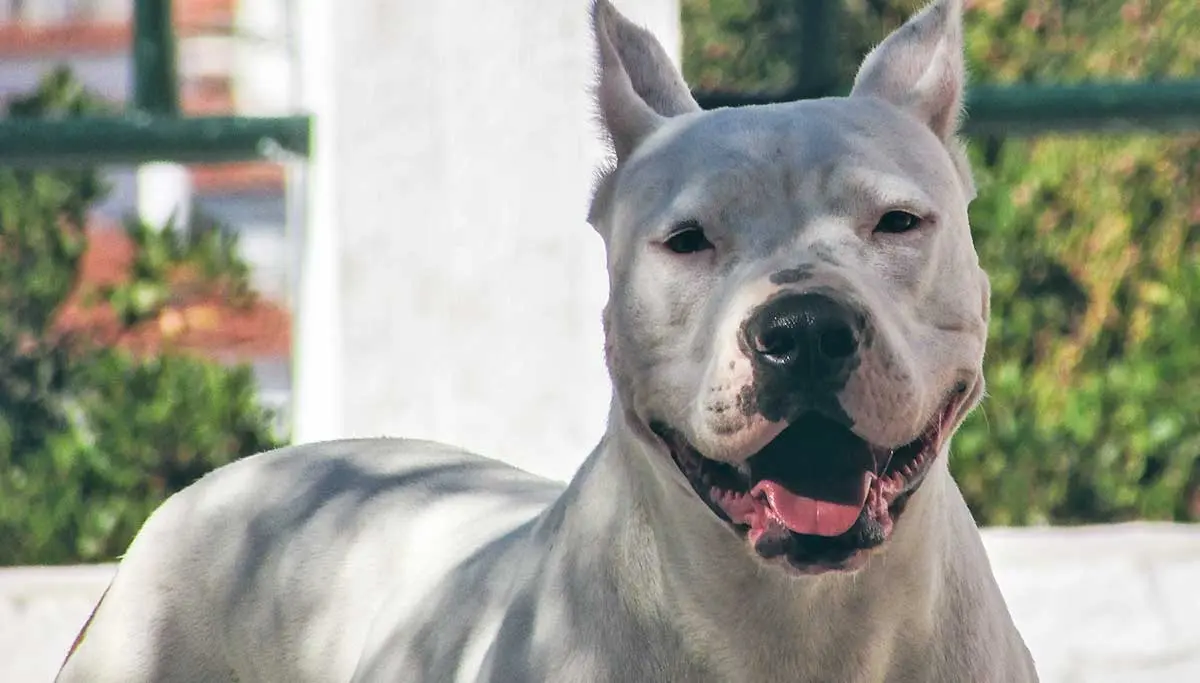
Even if you’re a seasoned large-breed dog owner, you can’t slack on early socialization and training. A poorly socialized, poorly trained Dogo Argentino can be a major liability when you consider their aloof nature and ceaseless drive.
The key is to make positive associations early on, building their confidence as well as your bond from an early age. This is much easier to do when they’re smaller, before they enter fear periods around 6 to 14 months.
Socialization and training should also be paired with regular exercise to keep their mind and body keen. Dogo Argentinos need at least 60 minutes of physical activity per day, but you should set up mentally stimulating activities throughout the day.
The more positive experiences they have and the more reliable their training, the easier the rest of their life will be.
Dogo Argentinos can Take on a Number of Jobs
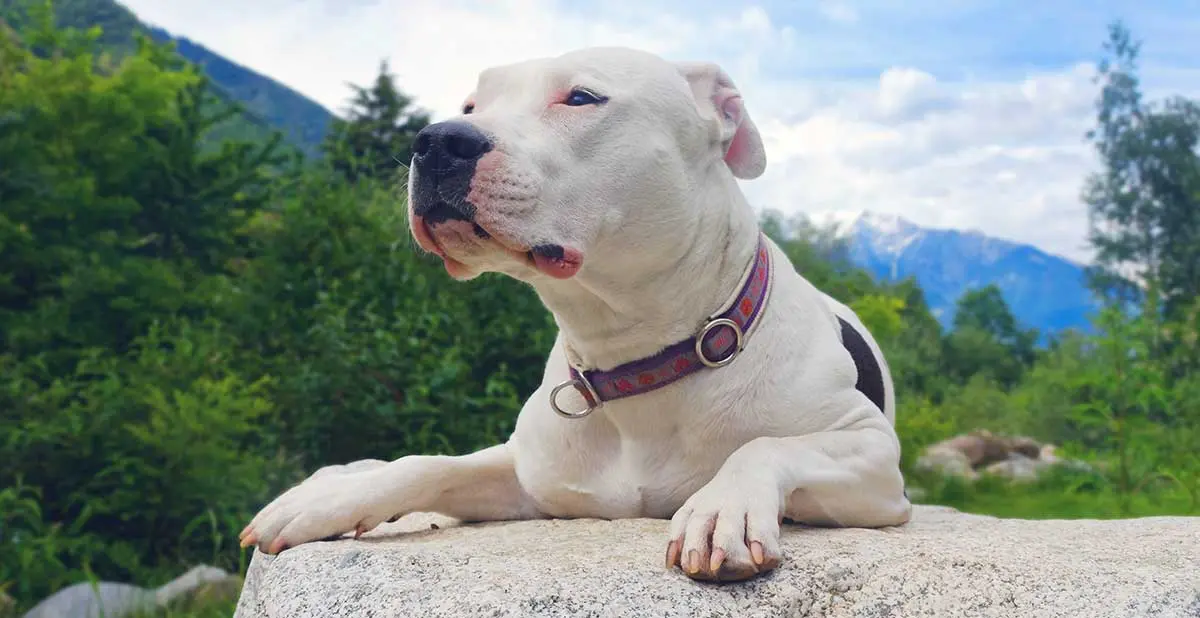
Dogo Argentinos fall into the “Working Breeds” category. While their original purpose was to hunt large game, their innate intelligence makes them well-suited to the world of working canines.
These jobs include:
- Search and rescue
- Military work
- Police work
- Service dogs
- Therapy dogs
A Dogo Argentino can get by with a sport or hobby as well, and many house pets thrive when they have a side hustle like agility or weight training. Even regular obedience training does wonders to keep them mentally stimulated.
They’re Restricted or Banned in Many Countries

If a country or region has a breed ban or restriction, the Dogo Argentino is probably on it. Their strength and propensity for dominance, paired with irresponsible humans’ desires to showcase bully breeds have landed it in a tough position.
These lists include:
- Australia
- Cayman Island
- Denmark
- Fiji
- Hong Kong
- Iceland
- New Zealand
- Norway
- Singapore
- Turkey
In the United Kingdom, the Dangerous Dogs Act of 1991 made it illegal to own the breed without the proper permits. While the United States does not have an umbrella ban, many residential insurance companies will not cover damage or injuries from certain breeds and municipalities may have restrictions on the breed.
It May Be Difficult to Find a Well-bred Dogo Argentino

While popularity is booming, there hasn’t been enough time for the breed to develop a solid base in the United States. Reputable, ethical breeders are few in number, and they have waiting lists a mile long. If you plan to go the breeder route, proceed with patience. The Dogo Argentino Club of America can point you in the right direction.
Many of the Dogo Argentinos you find in shelters aren’t true representations of the breed, but they’re just as deserving of love. They may also be the victims of underqualified owners who failed to train and socialize them early on. Groups like Dogo Argentino Rescue do their best to rehabilitate these victims and find the perfect homes.
Whether you go the breeder or shelter route, it’s essential to understand the risks and responsibilities of the breed before going all in. Dogo Argentino’s are rewarding and loyal companions, but they need confident, knowledgeable humans to stand by their side.
